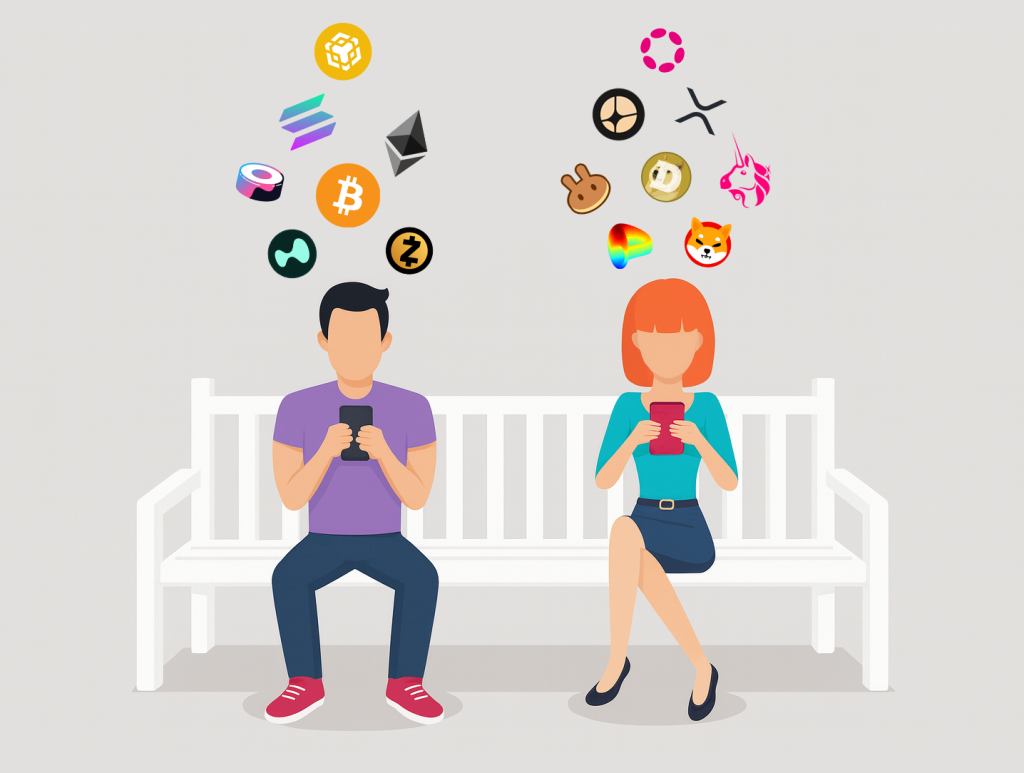
Introduction
Cryptocurrency is exciting, fast-moving, and full of opportunities. But for many people, what begins as simple price checking or casual investing can gradually spiral into crypto addiction — a recognized form of digital addiction.
It often starts innocently. You check the price of Bitcoin once in the morning and once in the evening. But soon, you find yourself glued to the charts at work, during dinner, even at 3 AM. The market’s 24/7 nature, combined with its wild volatility, creates a perfect storm for obsessive behavior.
The consequences are real: lost sleep, anxiety, impulsive trading, strained relationships, and financial stress. Multiple studies have observed that a subset of crypto traders exhibit addiction-like traits — for example, patterns of compulsive price-checking, emotional decision-making, and strong correlations with problem gambling scales.
The good news? Crypto addiction can be managed. By understanding the psychology behind it, recognizing the warning signs, and implementing simple but effective strategies you can build a healthier, more sustainable relationship with crypto.
How Crypto Addiction Develops
1. The Illusion of Control
It begins with harmless curiosity. Checking charts provides reassurance: “I know what’s happening.” But this sense of control is an illusion. The more you check, the less control you actually feel.

2. The Emotional Rollercoaster
Gains trigger dopamine highs. Losses trigger fear and frustration. The cycle is intoxicating: excitement on green days, despair on red ones. Over time, this rollercoaster becomes the addiction itself.
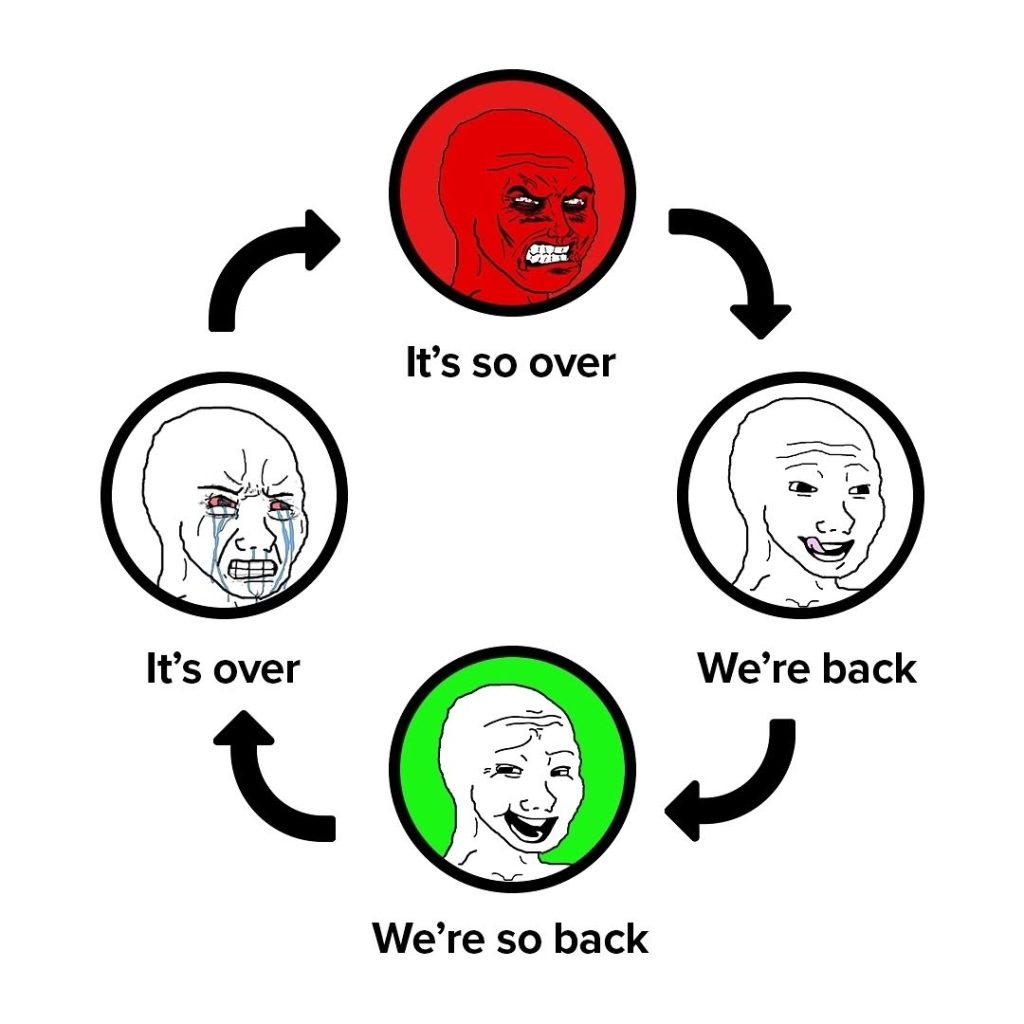
3. Escalation
What started as two checks a day turns into dozens. Some traders wake up at night just to refresh prices. This escalation mirrors gambling behavior — the search for the next hit of stimulation.
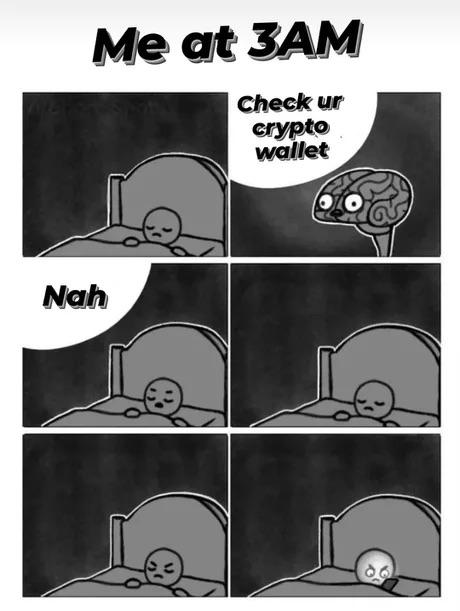
4. Negative Consequences
- Sleep disruption
- Anxiety and irritability when unable to check prices
- Poor work or study focus
- Relationship strain
- Financial stress and “chasing losses”
Addiction expert Dr. Gabor Maté defines it simply: “Addiction is manifested in any behavior that a person craves, finds temporary relief or pleasure in, but suffers negative consequences as a result of, and yet has difficulty giving up.”
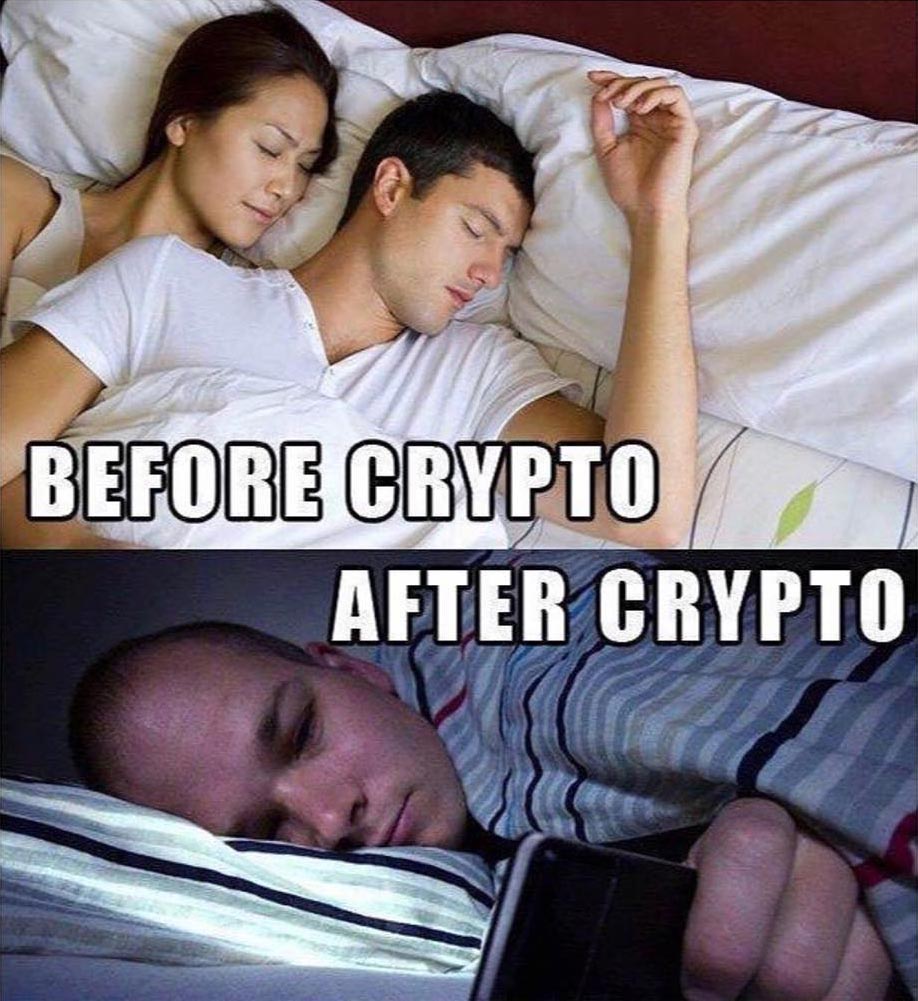
Why Crypto Is Especially Addictive
Crypto combines several elements that make it uniquely addictive compared to other digital activities:
- 24/7 markets – there’s no downtime.
- Extreme volatility – dramatic swings mimic slot-machine dynamics (variable rewards).
- Financial stakes – your money and self-worth are tied to numbers on a screen.
- Social media hype – platforms amplify stories of overnight millionaires, fueling FOMO.
- Low entry barriers – anyone with a phone can trade thousands of coins instantly.
This combination traps many users in a loop where their mood, attention, and daily rhythm are dictated by market movements.
Recognizing the Signs: From Enthusiasm to Addiction
How do you know when normal engagement becomes a problem? While enthusiasm is healthy, red flags include:
- Constant preoccupation – thinking about crypto even when you should focus on other things.
- Compulsive price checking – refreshing charts dozens of times a day.
- Emotional trading – buying out of FOMO or panic-selling without a plan.
- Mood swings – happiness tied to green candles, despair tied to red ones.
- Investing beyond means – chasing losses or using funds meant for essentials.
- Neglecting responsibilities – skipping work, hobbies, or family time.
- Secrecy – hiding trades or losses from loved ones.
If several of these resonate, your relationship with crypto may already be unhealthy.
Why Quitting “Cold Turkey” Rarely Works
When people realize their habits are harmful, the first reaction is often extreme: “I’ll just sell everything, delete all apps, and quit.” This is known as going cold turkey.
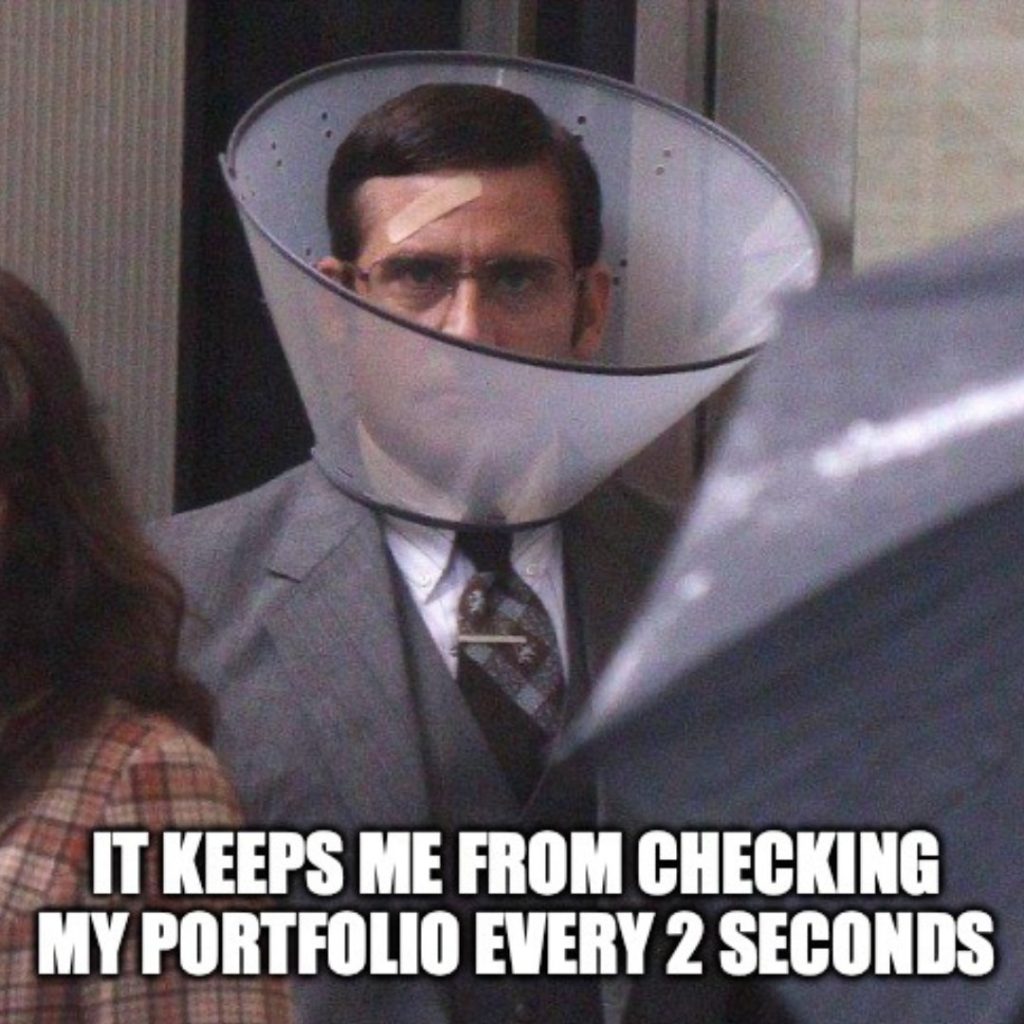
While it sounds like a clean solution, it often fails. Crypto is everywhere — in headlines, conversations, and social media. Sooner or later, something pulls you back. And if prices rise after you quit, the regret can trigger an even stronger relapse.
A more sustainable approach is to reframe your relationship — shifting from impulsive gambler to calm, long-term strategist.
Break the Cycle: Turn Obsession into Strategy
Step 1: Lock In Your Rules
Before touching another chart, write your plan. Define goals, price targets, and conditions for re-evaluating. A written strategy cuts off emotional trades at the root.
Step 2: Add Friction
Hide or log out of apps. If it takes 10 seconds to open a chart, you’ll check less. That pause is the difference between impulse and intention.
Step 3: Time-Box Your Market Check
Give crypto a schedule — e.g., 15 minutes morning, 15 minutes night. Outside those windows, it doesn’t exist.
Step 4: Automate the Noise Away
Set alerts for meaningful price levels and let technology watch the market for you. Stop feeding the reflex to refresh every five minutes.
Step 5: Refill the Void
Obsession fades faster when it’s replaced. Exercise, read, build something, spend time offline. The less oxygen you give the addiction, the weaker it becomes.
Step 6: Call in Backup
If self-discipline cracks, talk to friends, join accountability groups, or seek professional help. Needing support isn’t weakness — it’s the only way many people win this fight.
Cut the Noise, Keep the Edge
Most trading platforms are built to keep you hooked — flashing charts, endless notifications, and dopamine-driven push alerts. They fuel compulsion, not control.
The antidote isn’t more hype, it’s less noise. Minimal tools that quietly do their job let you step back without losing awareness. Instead of refreshing charts all day, you set the rules once and let alerts do the watching.
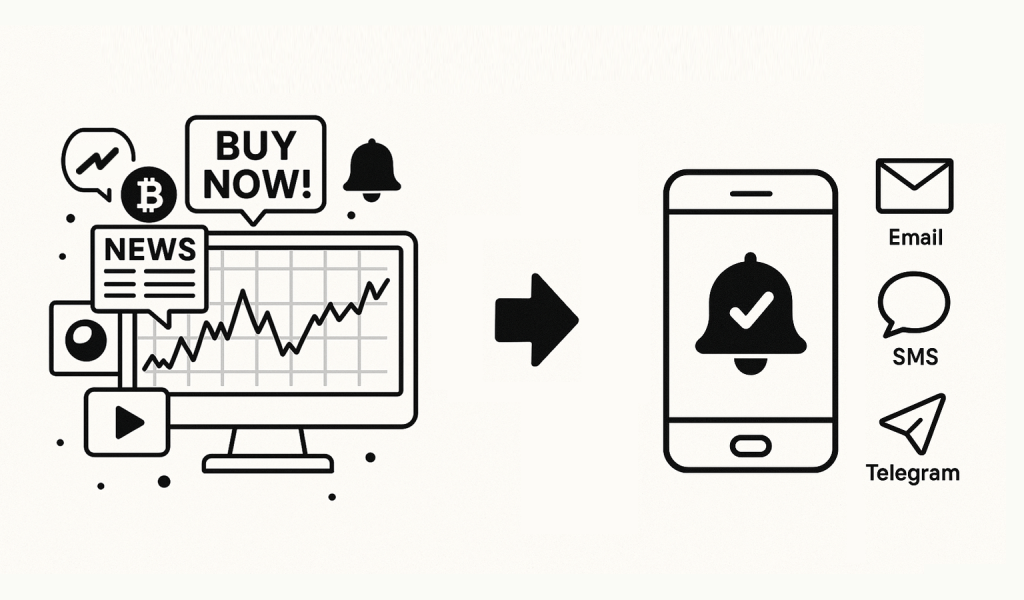
That’s the philosophy behind Coinwink: minimal, quiet, purpose-driven. It waits until the moment truly matters — whether that’s a routine price check or the kind of big move that can define your financial future.
By offloading monitoring to Coinwink crypto alerts (via email, SMS, or Telegram), you stay focused on life while knowing you’ll be notified the second your key levels hit.
It doesn’t replace self-discipline, but it makes discipline easier — turning technology from a trigger into a safeguard.
In a cynical ChatGPT’s mind, Dostoyevsky would have said: “Beneath addiction isn’t poor discipline, but the unbearable weight of freedom and meaninglessness. No alert system or friction app saves you from that. Only self-knowledge — maybe suffering, maybe grace.”
When Professional Help Is the Best Step
Sometimes, strategies and tools aren’t enough. If crypto addiction significantly affects your finances, mental health, or relationships, consider professional support.
Resources:
- National Council on Problem Gambling (NCPG) – confidential helpline.
- Castle Craig Hospital (UK) – program for crypto addiction.
- Psychology Today Therapist Finder – directory of specialists in behavioral addictions.
You are not alone, and support is available.
FAQs on Crypto Addiction
Is crypto addiction real?
Yes. Research shows crypto trading can trigger addictive patterns similar to gambling.
Can crypto addiction affect mental health?
Yes. Studies link excessive crypto use with anxiety, depression, and sleep issues.
How do I stop checking Bitcoin prices constantly?
Automate alerts, set boundaries, and create friction (e.g., remove apps from your home screen).
Do I need to quit crypto completely?
Not necessarily. For many, balance and discipline are more sustainable than quitting entirely.
Final Thoughts
Crypto can take over your life if you let it — or become a tool you master. The goal isn’t to quit, but to reclaim control: build structure, stay aware, and let technology serve your discipline instead of your impulses.
By writing down your strategy, creating friction against compulsive checks, scheduling time for the market, and using alerts to stay informed, you begin to restore balance.
Take a breath, step back, and remember: the market never sleeps, but you should.
DISCLAIMER: This article is for educational and informational purposes only. It does not constitute medical, psychological, or financial advice. Cryptocurrency addiction is a serious issue, and if you believe you are struggling, please seek help from a qualified professional such as a physician, therapist, or counselor. Likewise, nothing in this article should be taken as investment advice. Always do your own research and consult licensed professionals before making financial decisions.
